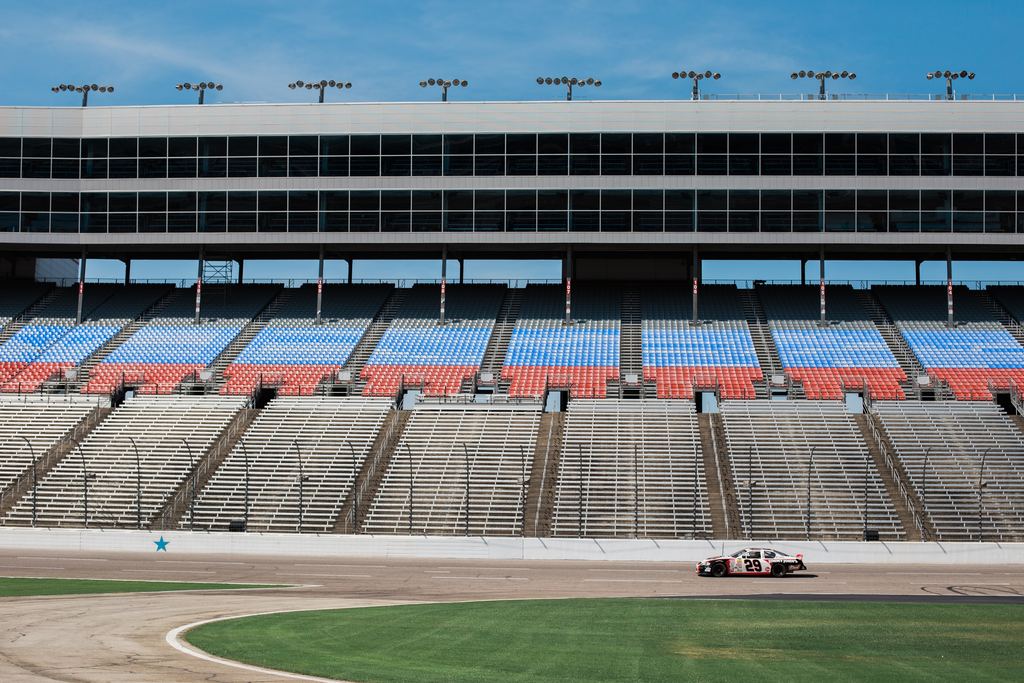
Introduction:
Do you have a need for speed? Are you eager to experience the adrenaline rush of racing? If so, you’re in the right place. In this blog post, we’ll guide you through the exhilarating world of racing, providing you with the steps to get started and valuable insights on finding local races and racing groups. Whether you dream of being behind the wheel of a race car or straddling a high-performance motorcycle, this guide will help you kickstart your racing journey.
1. Define Your Racing Goals:
Before diving into the racing scene, take a moment to define your racing goals. Are you interested in circuit racing, drag racing, karting, or motorcycle racing? Determine the type of racing that excites you the most and aligns with your interests and aspirations. This clarity will help you focus your efforts and make informed decisions moving forward.
2. Research Racing Disciplines:
Once you’ve identified your preferred racing discipline, conduct thorough research to gain a deeper understanding of the sport. Explore the various types of racing within your chosen discipline, such as Formula racing, stock car racing, or motorcycle road racing. Learn about the rules, safety regulations, and licensing requirements associated with each discipline to ensure you’re well-informed and prepared.
3. Obtain the Necessary Licenses and Training:
To participate in organized racing events, you’ll typically need a racing license. Research the licensing process in your region and identify the specific requirements and training programs available. Enroll in racing schools or training programs that provide instruction on racing techniques, safety protocols, and track etiquette. Obtaining the necessary licenses and training is essential for your safety and the safety of others on the track.
4. Connect with Racing Groups:
Joining racing groups and communities is a fantastic way to immerse yourself in the racing culture and connect with like-minded individuals. Search online for local racing groups, clubs, and organizations in your area. Attend local meetups, racing events, and track days to network with experienced racers, enthusiasts, and potential mentors. These groups can provide valuable advice, guidance, and opportunities to collaborate and learn from experienced racers. Ask your local tow company as well for any known racing groups – they usually help transport race cars to and from the tracks as needed.
5. Visit Local Racetracks:
Visit local racetracks in your area to get a firsthand experience of the racing environment. Attend races as a spectator and observe the dynamics of the event. Familiarize yourself with the layout of the track, the facilities available, and the overall atmosphere. Racetracks often host open track days, allowing enthusiasts to drive their own vehicles on the track at controlled speeds. Participating in these events can give you a taste of the racing experience and help you decide if it’s the right fit for you.
6. Explore Racing Leagues and Series:
Racing leagues and series provide structured and organized racing events for participants at various skill levels. Research the racing leagues and series available in your area that cater to your chosen discipline. These leagues often offer different classes based on experience and vehicle specifications, providing opportunities for racers of all levels to compete. Evaluate the entry requirements, schedules, and locations of the races to identify the ones that align with your racing goals.
7. Volunteer at Races:
Volunteering at races is an excellent way to gain firsthand experience in the racing environment, build connections, and expand your knowledge. Contact local race organizers or racing groups and inquire about volunteer opportunities. Roles can range from track marshals to pit crew members, allowing you to learn from experienced racers and contribute to the racing community.
8. Embrace Continuous Learning and Improvement:
Racing is a dynamic and evolving sport, and continuous learning is essential for growth as a racer. Attend workshops, seminars, and conferences related to racing techniques, vehicle setup, and race strategy. Stay updated with industry publications, online forums, and social media groups to learn from experienced racers, mechanics, and engineers. Constantly seek feedback and analyze your performance to identify areas for improvement.
9. Safety First:
Safety should always be a top priority in racing. Familiarize yourself with safety gear requirements, such as helmets, fire-resistant suits, gloves, and shoes. Invest in high-quality safety equipment that meets industry standards. Additionally, ensure your vehicle is properly prepared for racing, including necessary safety modifications and inspections.
10. Enjoy the Journey:
Above all, remember to enjoy the journey and embrace the excitement and challenges that come with racing. It’s a sport that demands dedication, perseverance, and passion. Stay focused, maintain a positive mindset, and celebrate every milestone and achievement along the way.
Conclusion:
Embarking on a racing journey is an exhilarating experience that requires dedication, skill, and a supportive community. By defining your racing goals, researching disciplines, obtaining licenses and training, connecting with racing groups, visiting local racetracks, exploring racing leagues, volunteering at races, embracing continuous learning, prioritizing safety, and enjoying the journey, you’ll be well on your way to making your racing dreams a reality. So fasten your seatbelt or gear up on your motorcycle, because the world of racing awaits you with thrilling speed and unforgettable moments. Get ready to unleash the racer within!